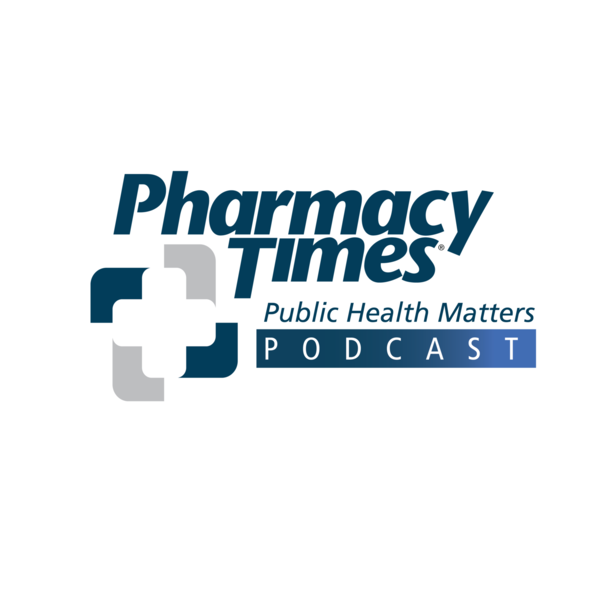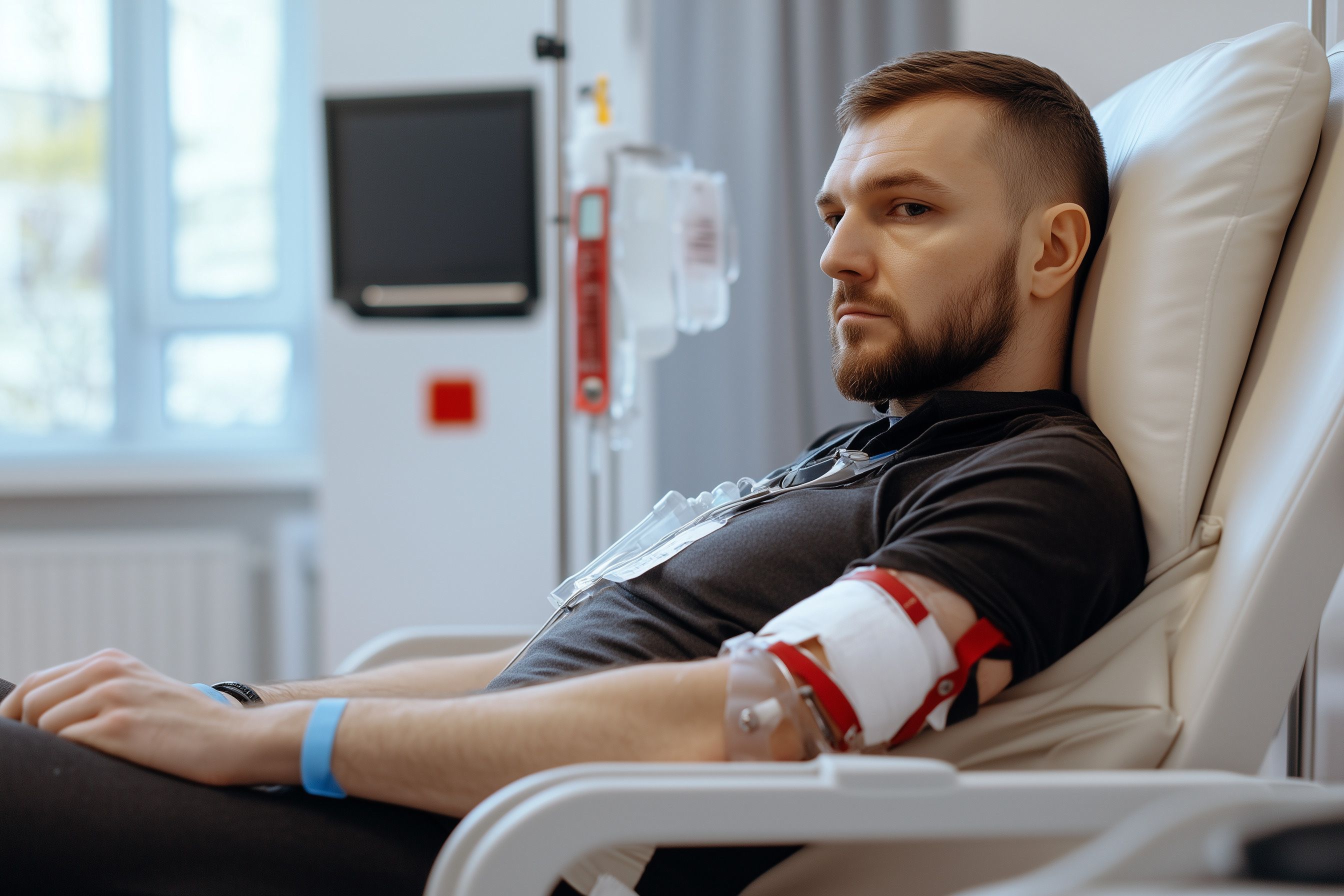Article
Study: Intravenous Immunoglobulin Hastens Recovery of Early Onset Guillain-Barre
Author(s):
If IVIG is commenced within 2 weeks from the onset of Guillain-Barre syndrome it can hasten recovery as much as plasma exchange, study indicates.
An updated review of 12 clinical trials has found that in severe cases of Guillain-Barre syndrome (GBS), intravenous immunoglobulin (IVIG) administered within 2 weeks from onset can hasten recovery as much as plasma exchange, which has been shown to improve recovery in earlier studies.
GBS is an acute, paralyzing, inflammatory peripheral nerve disease that causes weakness, numbness, and difficulty breathing. The study, published by the Cochrane Library, found that in 25% of patients, the disease is sufficiently severe to require artificial ventilation and between 3.5% and 12% of patients die of complications during the acute stage of the disease. The current favored hypothesis is that this is caused by an autoimmune response directed against antigens in the peripheral nerves, triggered by a bacterial or viral infection.
Earlier reviews of treatment options have found that plasma exchange, in which a person’s plasma is replaced with a substitute to remove antibodies, works better than supportive care alone when treating patients with GBS. Corticosteroids have been used to treat the disease, although an updated systematic review concluded that they offered no benefit besides a possible faster recovery shown in a trial in which IV methylprednisolone was administered in combination with IVIG.
To investigate the impact of IVIG, investigators reviewed 12 clinical trials, 7 of which compared IVIG with plasma exchange in 623 severely affected participants. The other 5 trials had available outcomes for 536 participants but did not have a statistically significant mean difference of change in a 7-grade disability scale after 4 weeks when comparing IVIG with plasma exchange treatment.
Three studies included a total of 75 children and suggested that IVIG significantly hastens recovery times compared with supportive care alone. The primary outcome was an improvement in disability grade 4 weeks after randomization, and although it was only available for 1 trial with 21 mildly affected children, it showed significantly more improvement in disability grade after 4 weeks with IVIG.
On trial compared plasma exchange followed by IVIG with plasma exchange alone in 249 participants and found that the mean grade improvement was 0.2 more in the combined treatment group than in the group that only received plasma exchange. Although the authors said this was not clinically significant, it does not exclude the possibility of significant benefit with IVIG treatment. A separate trial compared immunoabsorption followed by IVIG with immunoabsorption alone and did not reveal any significant extra benefit from the combined treatment.
The investigators noted that 5 of the trials comparing IVIG and plasma exchange measured change in disability and found that the 2 treatments produced a similar amount of improvement in the 536 participants. The authors said this evidence was of moderate quality and harmful effects were no more frequent with either plasma exchange or IVIG, but patients were more likely to finish the course of IVIG.
Based on these findings, the authors said that if IVIG is commenced within 2 weeks from the onset of GBS it can hasten recovery as much as plasma exchange, which is known to be more effective than supportive care alone. Moderate quality evidence suggested that there is no difference in the frequency of adverse events and that treatment with IVIG is significantly more likely to be completed than plasma exchange treatment.
The investigators concluded that further trials should investigate whether IVIG helps in mild GBS cases and in disease that has lasted more than 2 weeks and said investigators should also work to establish an optimal dose.
REFERENCE
Hughes R, Swan A, van Doorn P. Intravenous immunoglobulin for Guillain-Barre syndrome. Cochrane Database Systematic Review; September 19, 2014. https://www.ncbi.nlm.nih.gov/pmc/articles/PMC6781841/. Accessed December 2, 2020.






